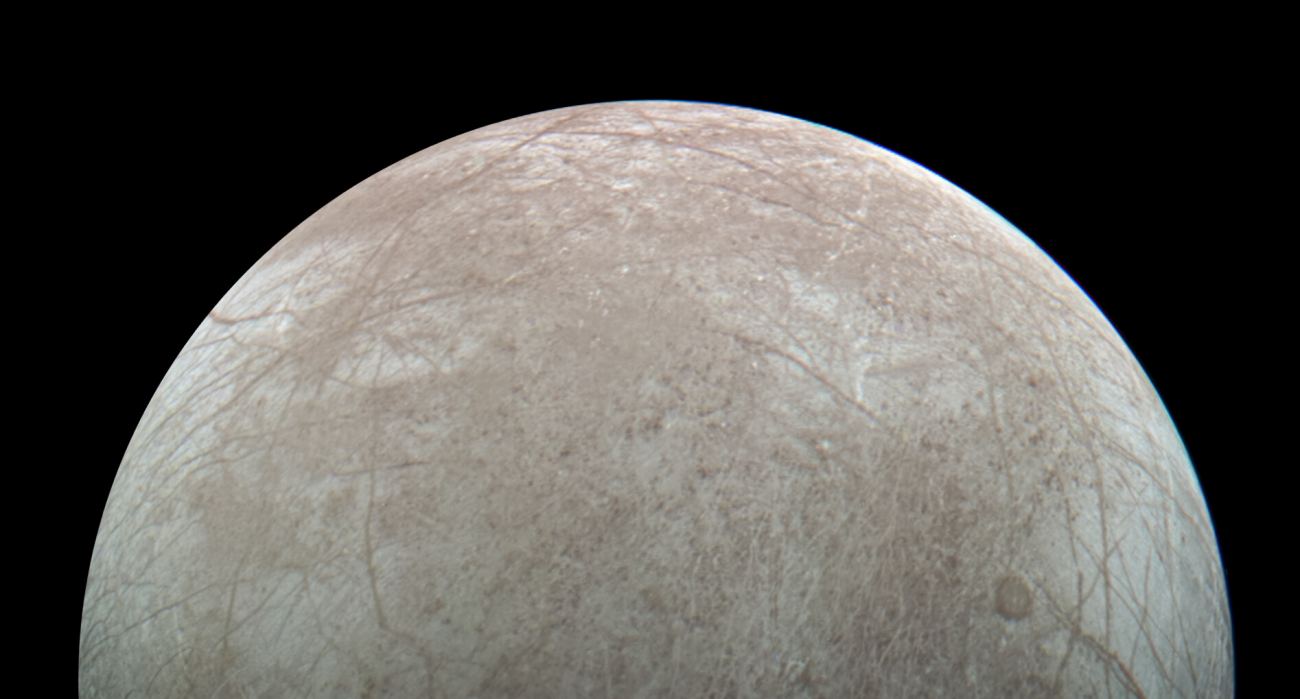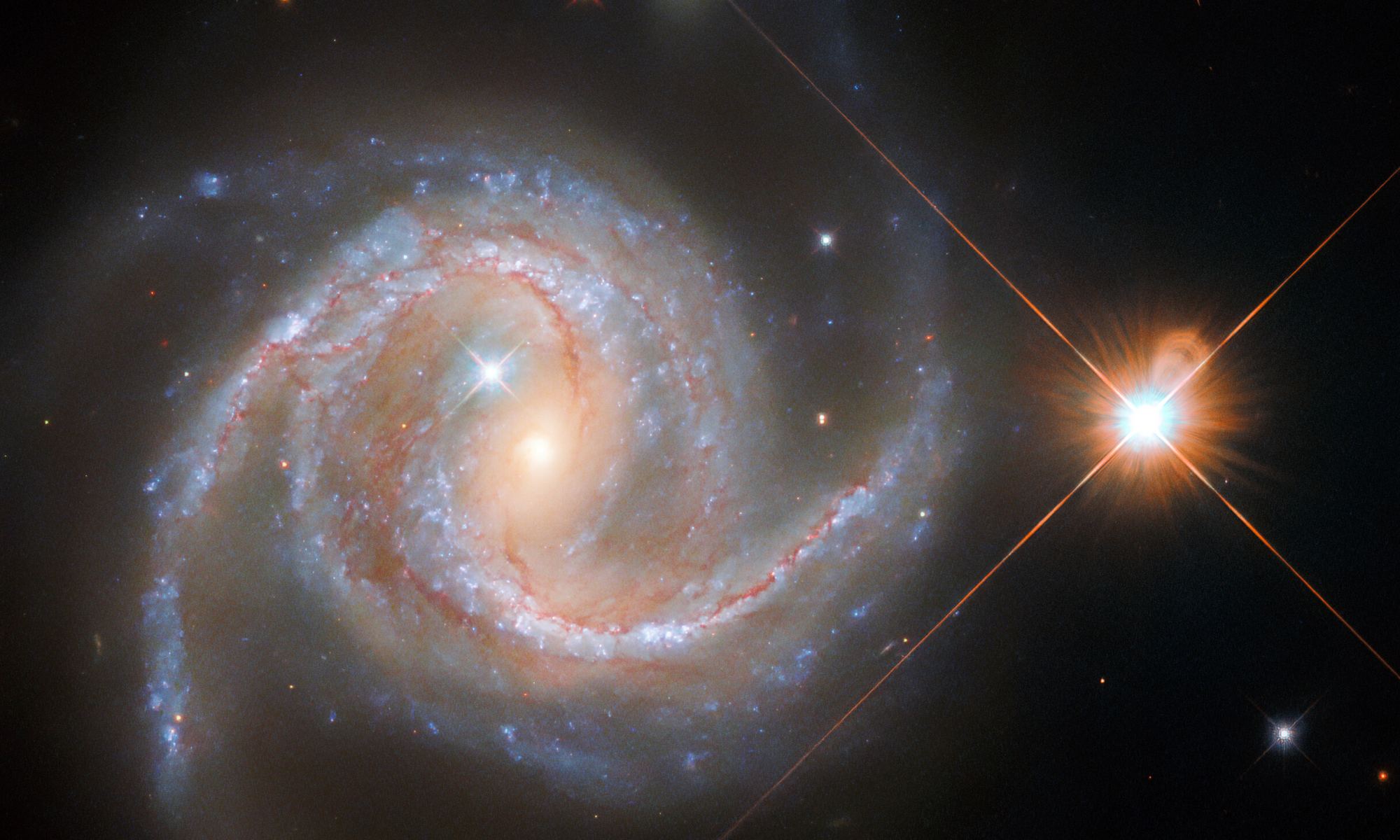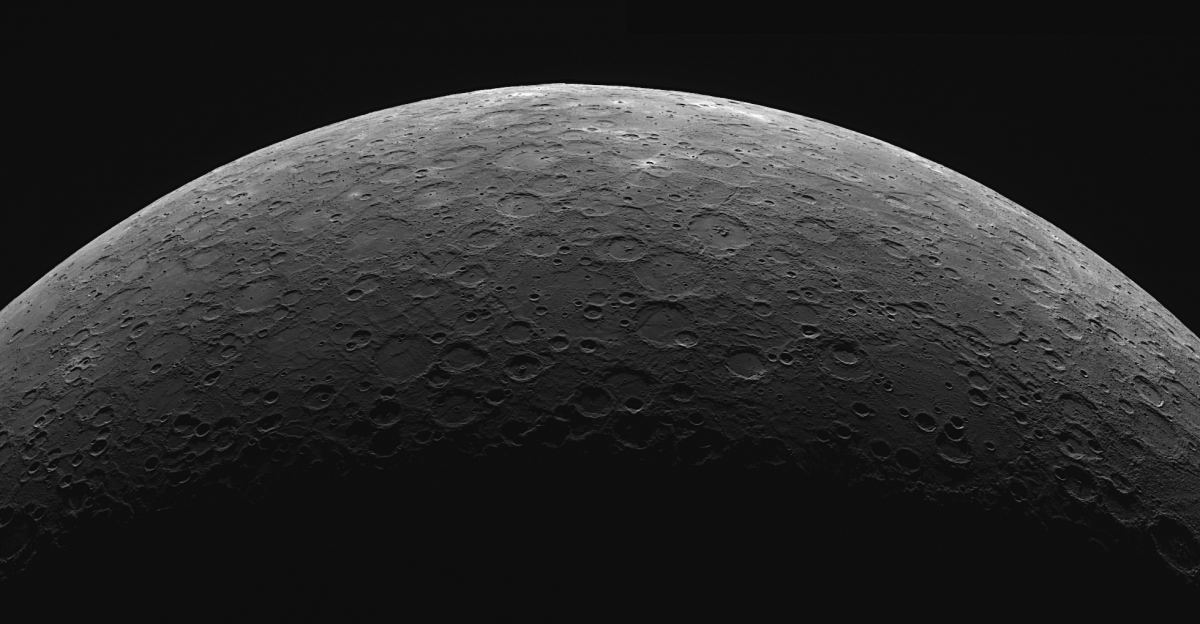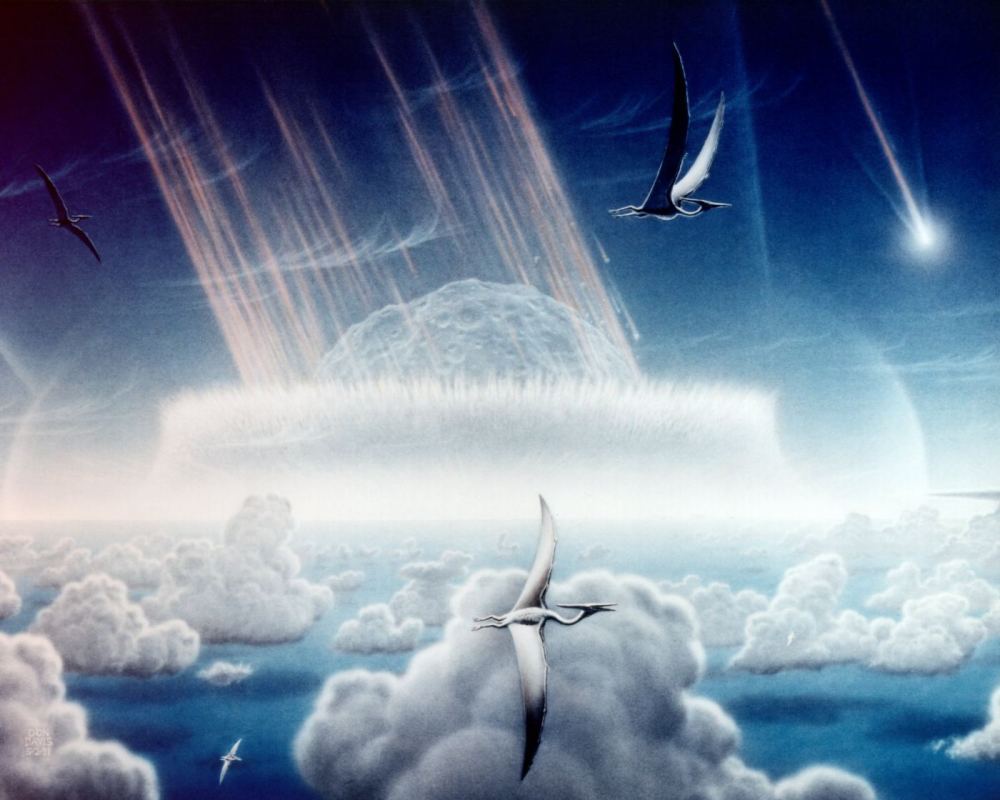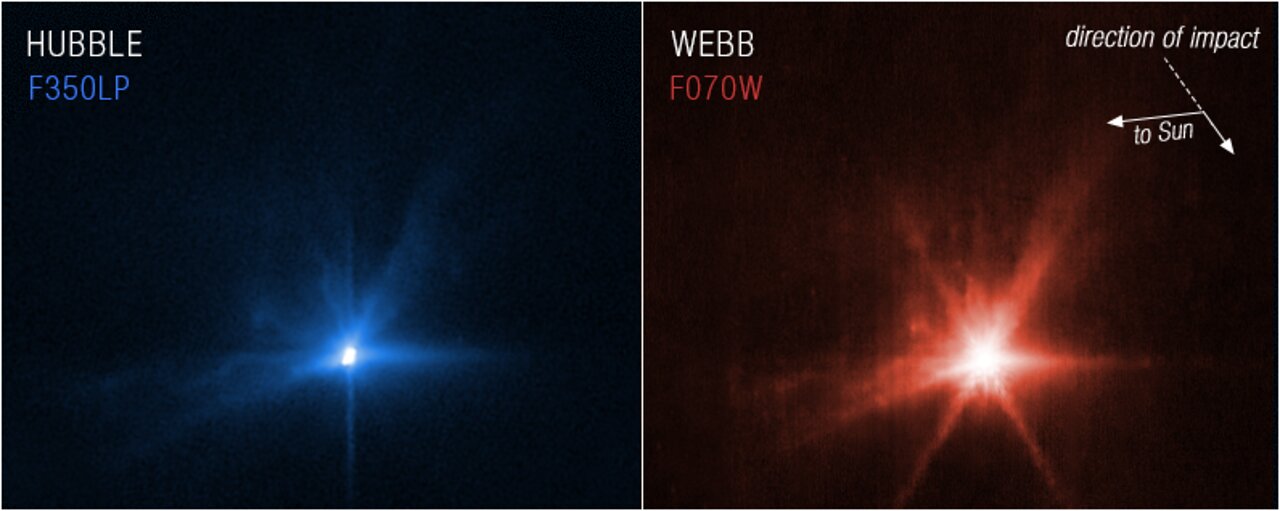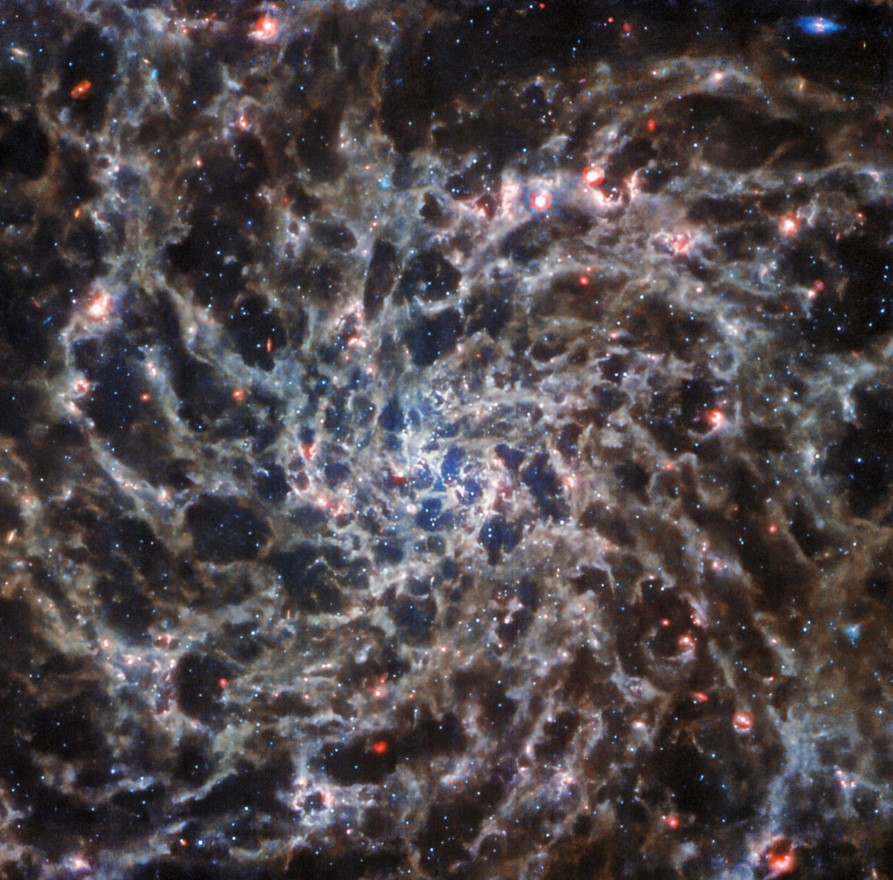“All these worlds are yours except Europa. Attempt no landings there.” That was the ominous message sent to Earth in the movie “2010” when Jupiter was about to transform to become a star. Thanks to that transformation, Europa would become a life-bearing world. The aliens didn’t want Earthlings messing that up. That was in the movie.
Continue reading “If There are Shallow Lakes Under the Ice on Europa, Clipper Will Find Them”If There are Shallow Lakes Under the Ice on Europa, Clipper Will Find Them
